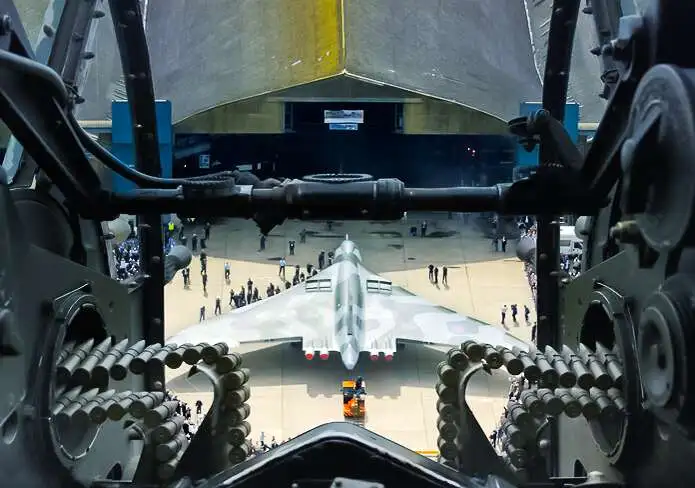
1993 – 2007 – The Road to Restoration – Part 2
A fresh appeal was launched in March 2004 to reach the Trust’s commitment of 29% of the funding total, required before the HLF would issue
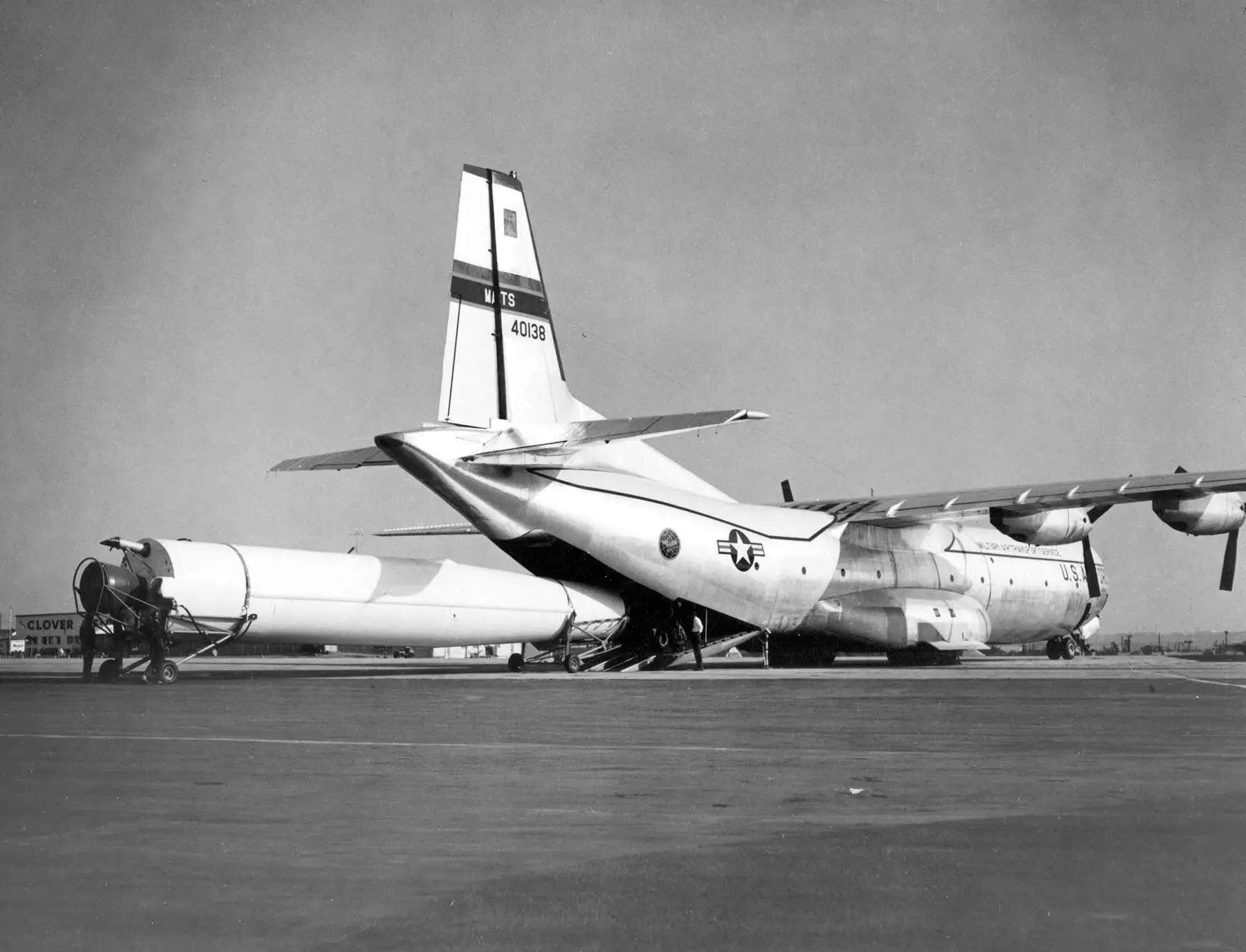
On 4 October 1957, the Soviet Union began the Space Age by launching Sputnik 1. It was the world’s first artificial satellite – so called to distinguish them from natural satellites such as the Earth’s Moon. The advancement in Soviet technology created a crisis reaction in the US. It’s reported that The New York Times mentioned the satellite in 279 articles between 6 October and 31 October 1957, which was more than 11 articles per day.
The Soviets had used Intercontinental Ballistic Missile (ICBM) technology to launch Sputnik into space. This gave them propaganda advantages over the US as they had not only the capability to send a satellite into orbit, but proof of the distance that their missiles could travel. The launch of Sputnik 1 heightened American fears of the ability of the Soviets to attack America.
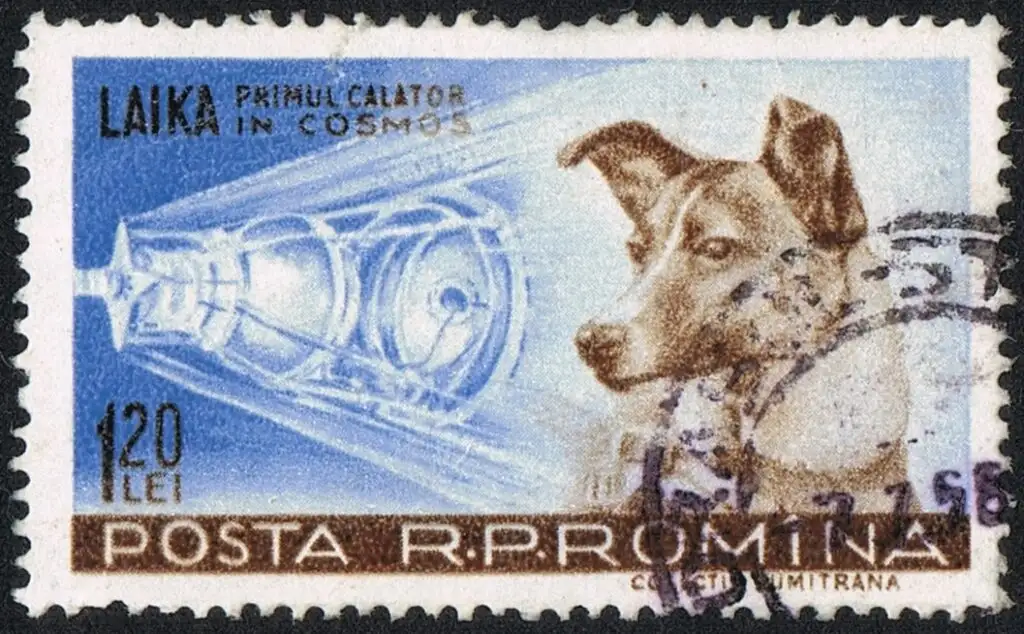
Just 30 days later, Sputnik 2 was launched. On 3 November 1957, the spacecraft carried a dog named Laika into orbit. It was the first living passenger taken into orbit. The Soviets had taken another huge leap in the Space Race, sparking American drive to put themselves back on top.
US President, Dwight D. Eisenhower, declared that the United States needed to meet these challenges with “resourcefulness and vigour”. He also noted the importance of education for the Russians to have achieved their progress. The President remarked:
“we need scientists in the ten years ahead…scrutinise your school’s curriculum and standards. Then decide for yourselves whether they meet the stern demands of the era we are entering.”
His comments acknowledged the importance of America’s education, to be able to respond to the Russian advancements. In 1958 the US created NASA (National Aeronautics and Space Administration) as an independent agency to focus on the civil space program, aeronautics research and space research.
Earlier that year, in January 1957, to publicly renew the relationship that was shaken by the Suez Crisis and due to concerns over the build-up of Soviet missiles, the US President had invited Prime Minister Harold Macmillan to a Big Two summit meeting in Bermuda.
21-23 March 1957, they held meetings over three days and discussed re-establishing the intimate wartime cooperation of the two nations and to explore the possibility of deployment of IRBMs (Intermediate Range Ballistic Missile) in the UK in the short term, until the long-range ICBMs were deployed.
On 10 October 1957, after the launch of Sputnik 1, Prime Minister Macmillan, wrote to Eisenhower urging both countries to pool their resources to meet the Soviet challenge on every front, “military, economic and political”. The shock of the Soviet Union’s launch of Sputnik 1 caused officials in the US and Britain to accelerate the mending of their relationship. Britain’s recent successful tests of thermonuclear weapons greatly helped to expedite the process.
By the end of the month Macmillan had flown to Washington DC for talks. Agreements at the talks included study groups to be formed to consider how to speed up the deployment of IRBMs to Britain, and investigating nuclear co-operation and the exchange of nuclear information – the end of the McMahon Act. Macmillan called this “the great prize”.
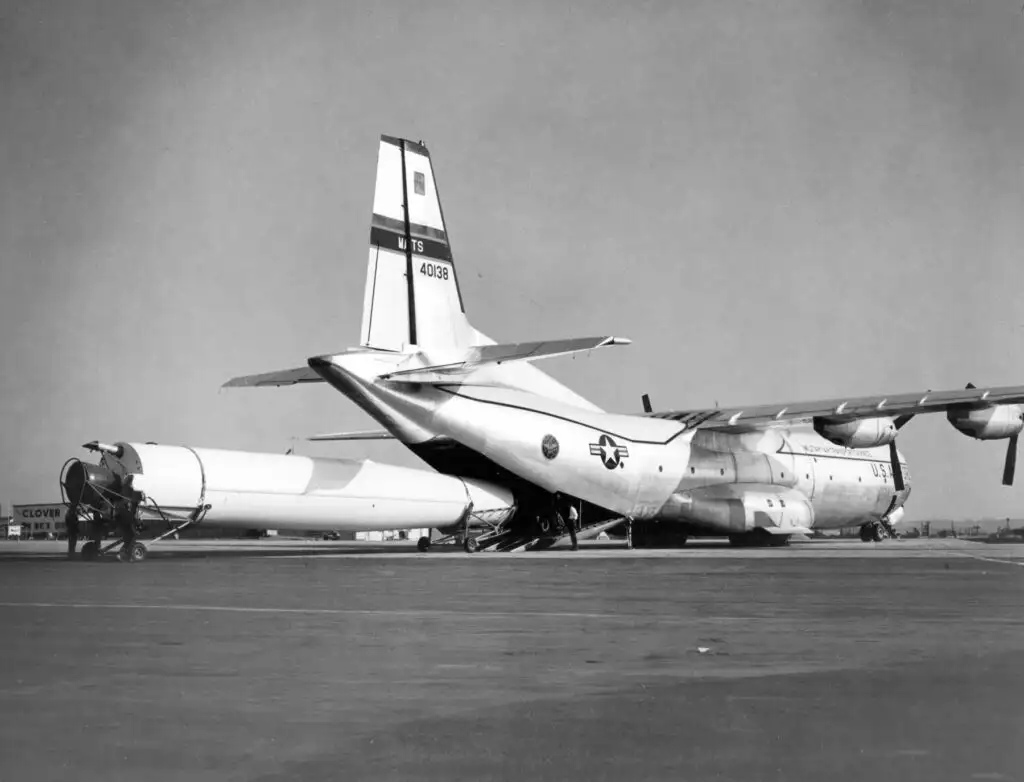
By the end of 1957 a formal agreement was drawn up and it was decided Britain would receive 60 Thor IRBMs. PGM-17A Thor was the first operational ballistic missile of the United States Air Force (ASAF). Being based in Great Britain, the IRBMs with thermonuclear warheads were within range of the Soviet Union and would be under joint Anglo-American control. The deployment of Thor missiles to the UK was codenamed Project Emily and the first missile arrived in August 1958.
On 3 July 1958, the 1958 UK-US Mutual Defence Agreement was signed, which allowed cooperation on the uses of Atomic Energy for Mutual Defence Purposes. The treaty allowed the US and the UK to exchange nuclear materials, technology and information.
Article III of the treaty – Transfer of Submarine Nuclear Propulsion Plant and Materials – also provided for the sale to the UK of one complete nuclear submarine propulsion plant, as well as the uranium needed to fuel it for ten years. This would enable Britain to design and construct their first nuclear-powered submarine. HMS Dreadnought would be built by Vickers Armstrong, who also built the Valiant aircraft.
On 27 and 28 August 1958, British representatives attended meetings in Washington to work through the details of the new agreement with key officials from the US Atomic Energy Commission. The British party included William Penney, the man who had a leading role in the development of Britain’s nuclear programme from the early days, and William Cook, his deputy, who were both from the UK’s Atomic Weapons Research Establishment (AWRE).
Meanwhile, Britain’s nuclear tests had continued to progress well. Grapple tests had been conducted through the year with Grapple Y taking place on 28 April 1958. The bomb was dropped off Christmas Island by a Valiant XD824, flown by Squadron Leader Bob Bates and his crew. The bomb had an explosive yield of about 3 megatons of TNT. To this day it remains Britain’s largest nuclear weapon test.
The success of Grapple Y was because much of the yield came from fusion, making it a true hydrogen bomb. Also, the close prediction of the yield showed that the British designers understood what they were doing. Before the end of the year four more tests would take place – Grapple Z series.
During the discussions in Washington, the Americans disclosed the details of nine of their nuclear weapon designs. In return, the British provided the details of seven of theirs, including the Grapple tests. The Americans were impressed with the British designs, in particular the Halliard 1 design. The third test in the Grapple Z programme was planned for the following month, on 11 September. It was to test Halliard 3. The programme was changed to test Halliard 1, the heavier version. It was an unusual three-stage design with two nuclear-fission components followed by a thermonuclear stage.
Macmillan wrote at the time:
“It is clear that the Americans were amazed to learn how much we already know and this was a major factor in convincing them that we could be trusted with more information than they probably intended originally to give us. I hope that these discussions will be only the first of a series, in which Anglo-American cooperation in this field will become progressively closer.”
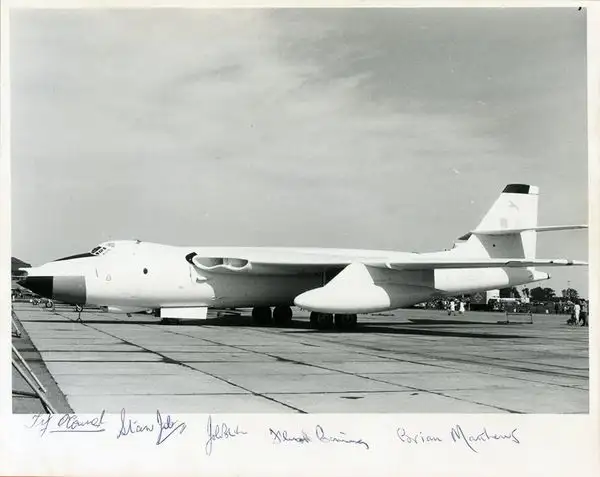
Halliard 1 was dropped by Valiant XD827, piloted by Flight Lieutenant Sinclair ‘Tiff’ O’Connor and his crew.
The Valiant was the first of the V-bombers to become operational. The aircraft type was followed by the Handley Page Victor and the Avro Vulcan, but the Valiant was the only V-bomber to have dropped live nuclear weapons and only for test purposes.
The fourth and final test of Grapple Z was on 23 September 1958. Britain’s AWRE team had demonstrated all of the technologies that were required to produce a megaton thermonuclear bomb. Britain ceased conducting its own independent tests and all future tests would be conducted jointly with the United States.
On 31 March 1958, the Soviet Union approved a decision to halt nuclear testing. The action was conditional on other nuclear powers doing the same. Soviet Leader Nikita Khrushchev called on Eisenhower and Macmillan to join the moratorium. Eisenhower initially dismissed the plan as a gimmick, but called for an international meeting of experts to determine proper control and verification measures that would detect any underground tests.
By the end of August 1958, a Conference of Experts had devised an extensive control program, known as the “Geneva System”. The system involved numerous land-based monitoring posts, along with sea-based monitors and flights over land following a suspicious event. Happy with the experts findings, Eisenhower proposed negotiations on a permanent test ban and announced the US would self-impose a year-long testing moratorium if Britain and the Soviet Union did the same.
The international moratorium commenced on 31 October 1958 and would last for nearly three years.

A fresh appeal was launched in March 2004 to reach the Trust’s commitment of 29% of the funding total, required before the HLF would issue
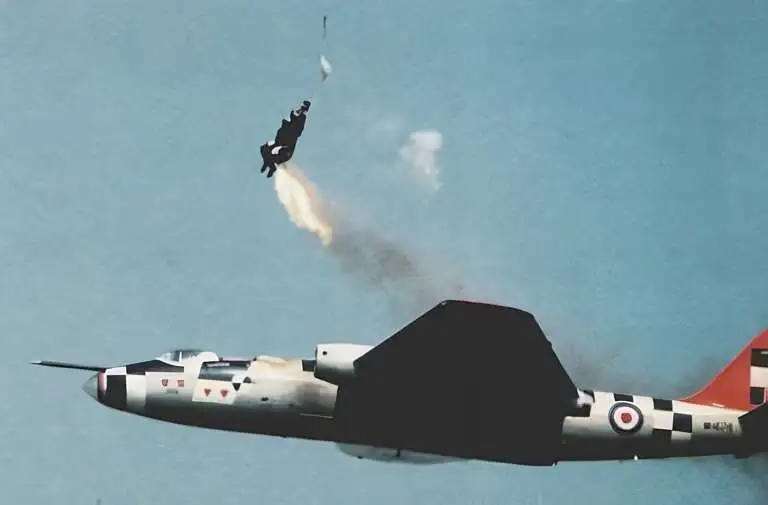
Navigator training in 1953-55 Navigator training was carried out at Air Navigation schools in Hullavington and Bishop’s Court (Ulster). The basic air training was carried
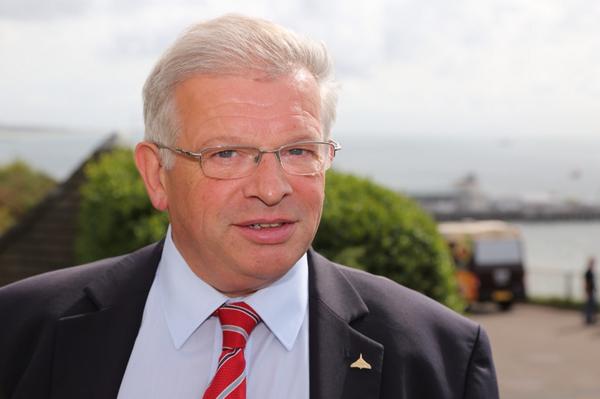
A retrospective by Robert Pleming In an article, which was originally published in the Royal Academy of Engineering’s magazine Ingenia in March 2012, Dr Robert
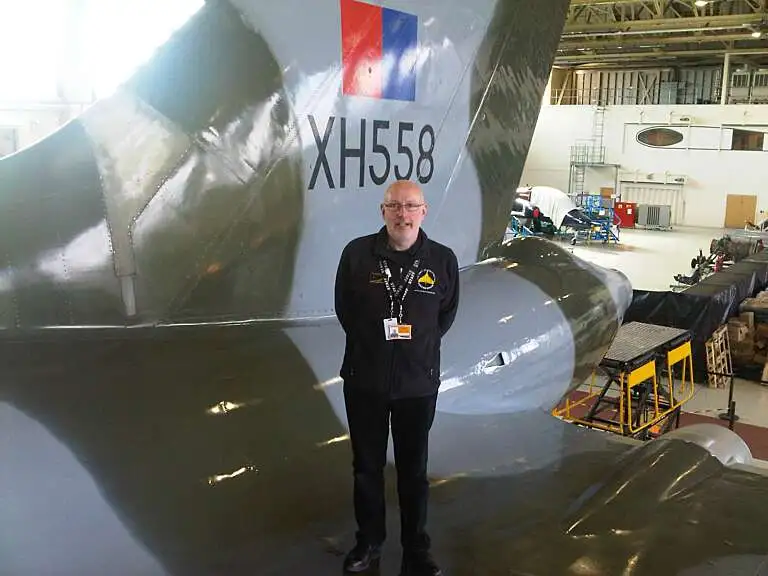
Former engineer and Vulcan tour guide Steve Ware has always been fascinated by the world of aviation, and more so with one aircraft in particular